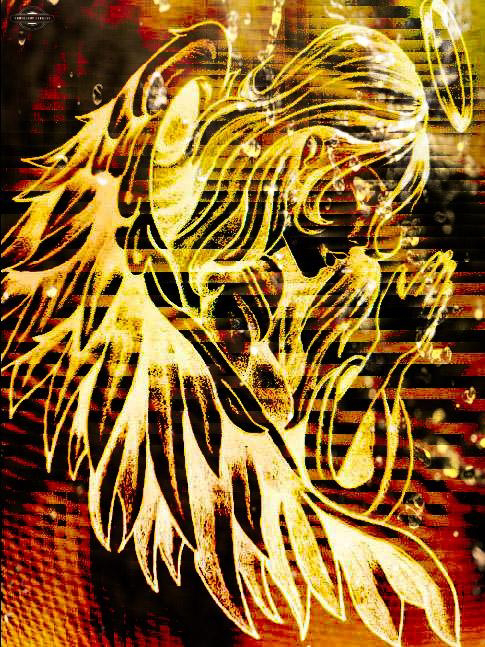Title: The Impact of Nutrition on the Human Body
Abstract:
Nutrition is a fundamental aspect of human health and well-being. The food we consume provides the essential nutrients our bodies need to function optimally. This essay explores the intricate relationship between nutrition and the human body, delving into the various components of nutrition, the physiological processes it influences, and the long-term consequences of both good and poor dietary choices. Through an in-depth analysis, this essay aims to highlight the critical importance of proper nutrition in maintaining overall health and preventing a myriad of chronic diseases.
Table of Contents:
1. Introduction
1.1 Background
1.2 Purpose and Scope
1.3 Methodology
2. The Basics of Nutrition
2.1 Macronutrients
2.1.1 Carbohydrates
2.1.2 Proteins
2.1.3 Fats
2.2 Micronutrients
2.2.1 Vitamins
2.2.2 Minerals
2.3 Water
2.4 Dietary Fiber
3. The Digestive System
3.1 The Mouth and Salivary Glands
3.2 The Stomach
3.3 The Small Intestine
3.4 The Large Intestine
3.5 Absorption of Nutrients
3.6 The Role of Enzymes
4. Metabolism and Energy Balance
4.1 Energy Metabolism
4.2 The Role of Calories
4.3 The Body's Energy Sources
4.4 Hormones and Metabolism
5. The Impact of Nutrition on Growth and Development
5.1 Nutrition during Pregnancy
5.2 Nutrition during Infancy and Childhood
5.3 Nutrition during Adolescence
6. Nutrition and the Immune System
6.1 The Immune System: A Brief Overview
6.2 How Nutrition Supports Immunity
6.3 Nutritional Deficiencies and Immune Function
7. Nutrition and Chronic Diseases
7.1 Cardiovascular Diseases
7.2 Diabetes Mellitus
7.3 Obesity
7.4 Cancer
7.5 Osteoporosis
7.6 Neurological Disorders
8. Special Dietary Considerations
8.1 Vegetarian and Vegan Diets
8.2 Gluten-Free Diets
8.3 Lactose Intolerance
8.4 Food Allergies
9. Nutritional Guidelines and Recommendations
9.1 Dietary Reference Intakes (DRIs)
9.2 Dietary Guidelines for Americans
9.3 World Health Organization (WHO) Recommendations
9.4 Cultural and Regional Variations in Nutrition
10. The Role of Nutrition in Mental Health
10.1 The Gut-Brain Connection
10.2 Nutrition and Mood
10.3 Eating Disorders
11. Strategies for Achieving Optimal Nutrition
11.1 Balanced Diet Planning
11.2 Portion Control
11.3 Meal Timing
11.4 Mindful Eating
11.5 Importance of Hydration
11.6 Supplements and Their Role
12. Challenges to Achieving Good Nutrition
12.1 Food Accessibility and Insecurity
12.2 Food Marketing and Consumer Choices
12.3 Socioeconomic Factors
12.4 Global Nutrition Challenges
13. Conclusion
13.1 Recapitulation of Key Points
13.2 The Ongoing Importance of Nutrition
13.3 Future Directions in Nutrition Research
14. References
1. Introduction
1.1 Background
Nutrition is the cornerstone of human health and vitality. The food we consume is the source of the energy and essential nutrients our bodies require to carry out a multitude of physiological functions. Beyond mere sustenance, nutrition influences growth, development, immune function, mental health, and the prevention of chronic diseases. A balanced and adequate diet is, therefore, crucial for achieving and maintaining optimal health.
1.2 Purpose and Scope
The purpose of this essay is to explore in detail the multifaceted relationship between nutrition and the human body. It delves into the various components of nutrition, the processes by which the body digests and utilizes nutrients, and the profound impact that nutrition has on human health and well-being. Additionally, this essay will address the challenges and barriers to achieving good nutrition in an ever-evolving global landscape.
1.3 Methodology
To compile this comprehensive essay, a combination of primary and secondary sources was utilized. Primary sources included peer-reviewed scientific articles, research papers, and government health guidelines. Secondary sources encompassed textbooks, reputable health organizations' publications, and expert opinions. The information was gathered, analyzed, and synthesized to provide a well-rounded and evidence-based perspective on the subject matter.
2. The Basics of Nutrition
2.1 Macronutrients
Macronutrients are the primary components of our diet, providing the bulk of our dietary energy. They are classified into three main categories: carbohydrates, proteins, and fats.
2.1.1 Carbohydrates
Carbohydrates are the body's preferred source of energy. They are found in foods such as grains, fruits, vegetables, and legumes. Carbohydrates are broken down into glucose, which is used for immediate energy or stored as glycogen in the liver and muscles for later use. Fiber, a type of carbohydrate, is essential for digestive health and helps regulate blood sugar levels.
2.1.2 Proteins
Proteins are crucial for the growth, repair, and maintenance of tissues in the body. They are composed of amino acids, which serve as the building blocks for various bodily structures, enzymes, and hormones. Dietary sources of protein include meat, poultry, fish, dairy products, beans, and nuts.
2.1.3 Fats
Fats are a concentrated source of energy and play essential roles in cell structure, insulation, and the absorption of fat-soluble vitamins (A, D, E, and K). While some fats, such as saturated and trans fats, are associated with health risks, unsaturated fats, found in sources like olive oil, avocados, and fatty fish, are considered heart-healthy.
2.2 Micronutrients
Micronutrients are essential vitamins and minerals required in smaller quantities but are no less critical for overall health and well-being.
2.2.1 Vitamins
Vitamins are organic compounds that facilitate various biochemical reactions in the body. They are categorized into water-soluble (e.g., vitamin C and B-complex vitamins) and fat-soluble (e.g., vitamins A, D, E, and K) vitamins. Each vitamin has specific functions, and deficiencies can lead to various health problems.
2.2.2 Minerals
Minerals are inorganic elements that are essential for various physiological processes. Common minerals include calcium, potassium, magnesium, iron, and zinc. They are crucial for bone health, nerve function, and maintaining electrolyte balance.
2.3 Water
Water is often referred to as the "forgotten nutrient" but

